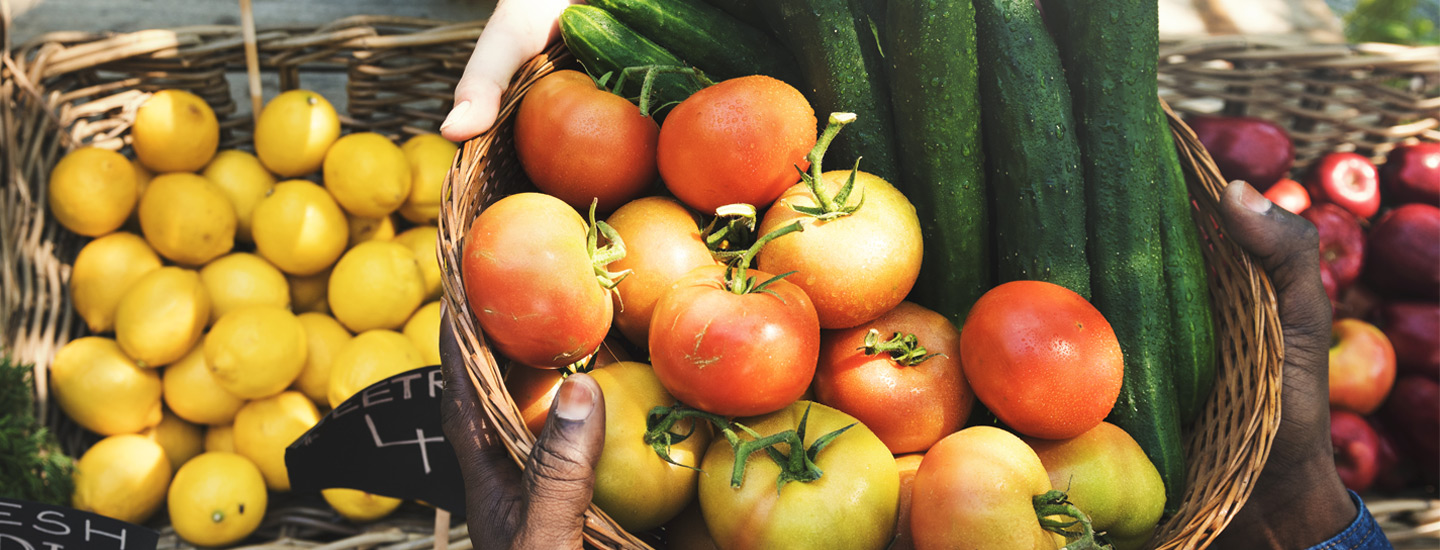After disaster strikes, our food banks are ready to help. While we understand the steps and process to administering this help, we realize not everyone does. So how about a little inside peek into the process our statewide network and our food banks take on after a hurricane hits?
Mass feeding after a crisis really takes on an emergency approach. First you triage, and then you treat for long-term care. This is the process behind distributing food after a disaster because so many are left without food, water, electricity, and sometimes even homes.
The real first step is assessing the damage and the needs of both the actual food bank in the affected areas and the surrounding communities. Once we’ve addressed that the food bank is standing, the staff is able to serve, and the route is clear to get to viable distribution sites, we can get resources to those affected by the storm.
1- MREs and Water
The first resource people will need immediately after a disaster is food and potable water. This is where our food banks get MREs (Meals Ready to Eat) and bottled water into the community through mass distribution as quickly as possible, since those hit hardest by the storm are often without a place to cook, power to heat, or clean water to drink.
In partnership with the Florida Division of Emergency Management, our food banks hold MREs and water for the state year-round in our warehouses. Because our food banks are strategically located across the state and have the transportation and supply chain resources to move food into the community, we can get these MREs and water bottles to people quickly and efficiently after a storm.
2- Hot Meals
MREs are great for survival, but don’t underestimate the power of a hot meal. Once roads are open, neighboring restaurants, food banks, and charitable organizations can get on the ground with hot meal stations set up, a nice break from the MREs. Several of our food banks have production kitchens and can provide this service alongside the MREs and meal boxes.
In the case of Idalia, nonprofits serving hot meals often set up before our mass distributions could even get to some of the smallest communities. Distribution sites need to be able to handle large, heavy trucks and there needs to be enough space for cars to drive up and receive boxes of food and cases of water. Partners providing hot meals have the advantage of a different set up- table and tent space that folks can walk up to. They can quickly set up on street corners and areas that don’t need quite as much room. And they are also fantastic to have next to a distribution site so families can get what they need to make it through the next few days AND a hot meal to get them something to eat immediately. When we can, our groups work together to help those affected by disaster.
3- Simple Food Boxes and Fruit
While the front-line team works on steps one and two of this process, our network of food banks works together behind the scenes creating meal boxes from resources in their warehouses or procuring meal boxes from our network partners. After a few days of distributing emergency water and MREs into the community, we can change to distributing these “disaster food boxes”.
But these aren’t just any meal boxes. Because this phase of hurricane relief still sees the community displaced from their homes or without power, these food boxes contain shelf-stable product and fruit that doesn’t need refrigeration. Imagine how helpful it is to have this kind of resource available, filled with the kinds of things you can eat from a hotel, shelter, or without a kitchen – peanut butter sandwiches, granola bars, tuna, bananas, oranges, apples, watermelons, etc.
4- Food Boxes and Produce
As homes regain power and families move back in, many are facing an uphill and costly battle. All their belongings are destroyed, schools and jobs have been closed, and the expensive repairs start revealing themselves. This is the reality families and individuals face after initial hurricane relief support efforts have moved on. This is where hurricane recovery goes from a sprint to a marathon.
This is where our food banks come in.
Feeding Florida’s food banks work closely in these communities and with agency partners (local food pantries, churches, and nonprofits) to provide support long after the storm has passed. We will continue to provide diverse food boxes full of nutritious protein, dairy, and produce, as well as additional resources, to those who need us- because if we can help get food on the table, then that’s one thing off the list to worry about.
Our food banks are in it for the long-haul.


